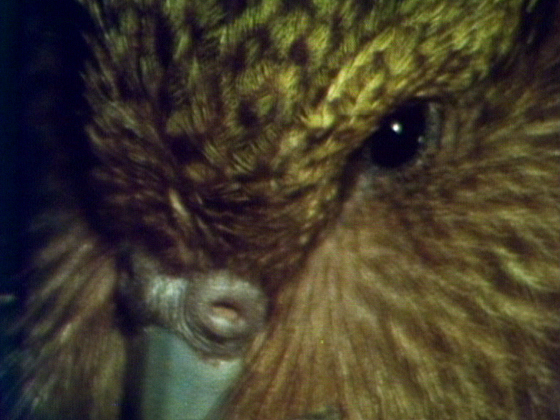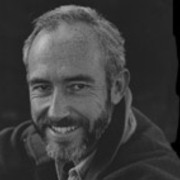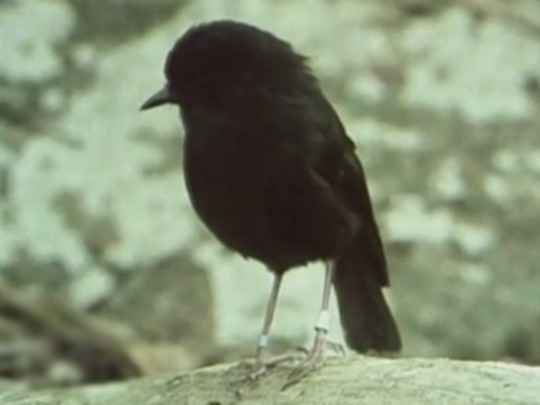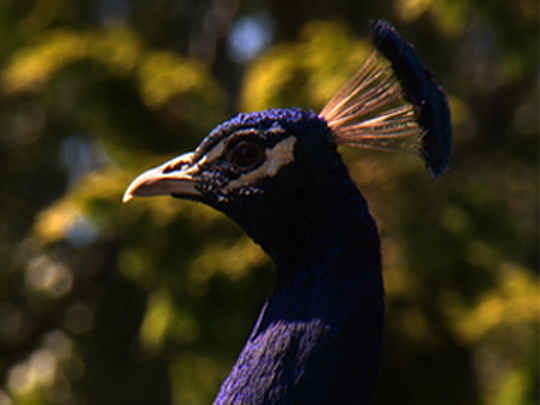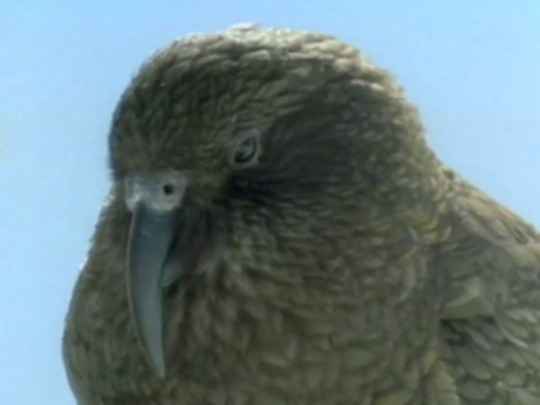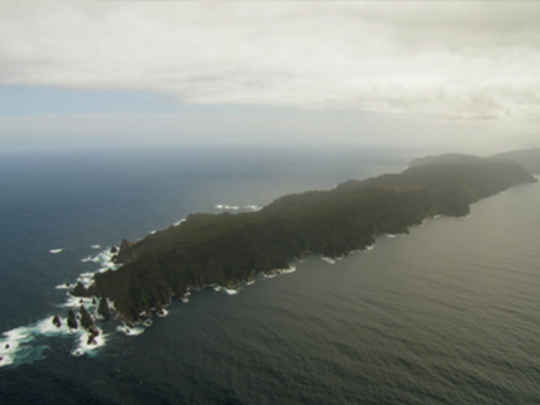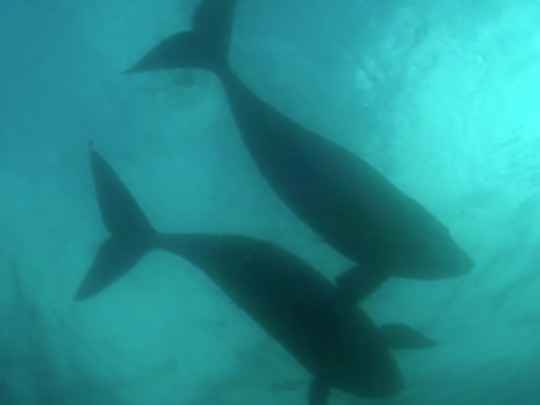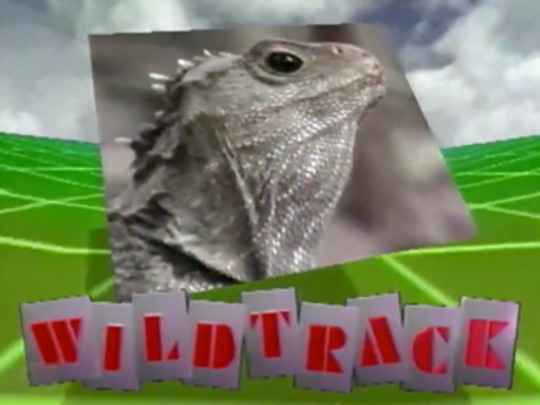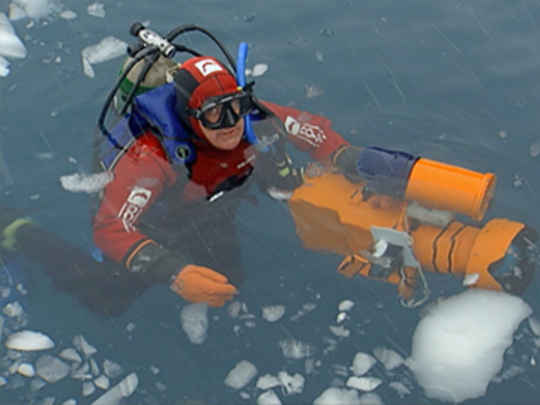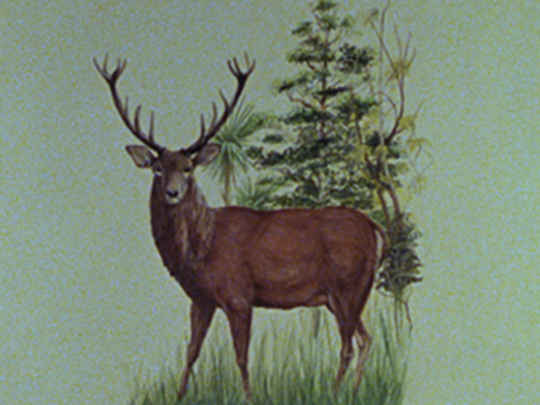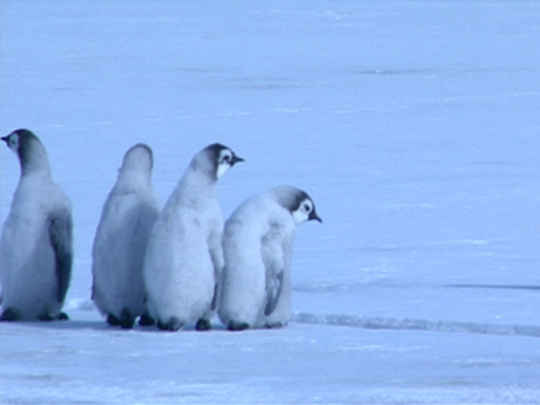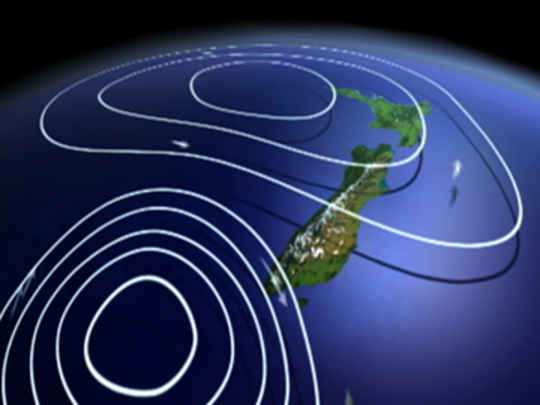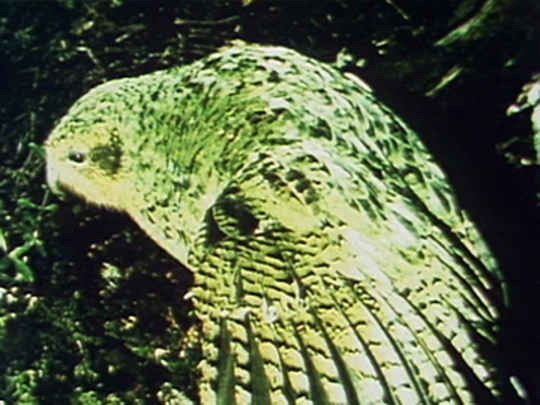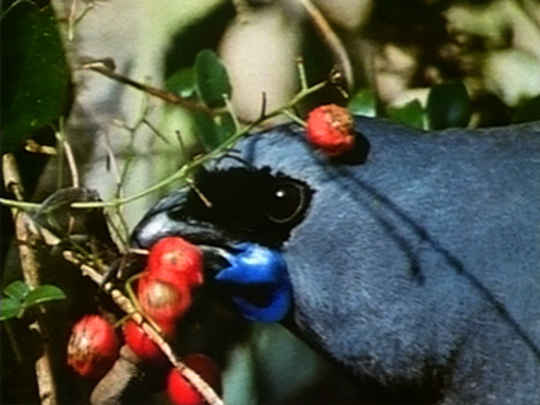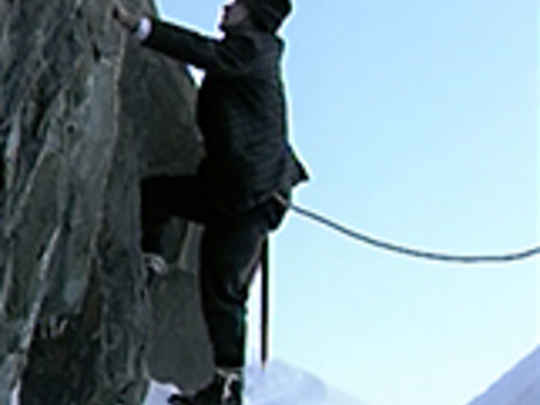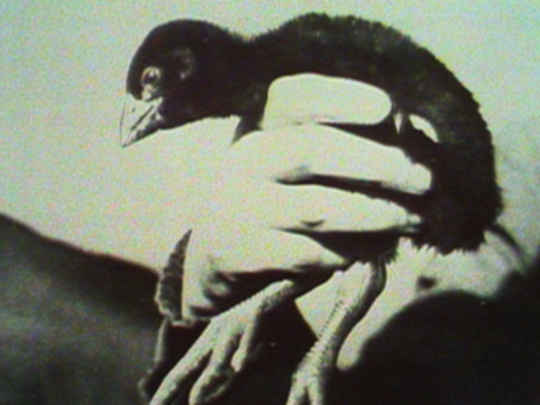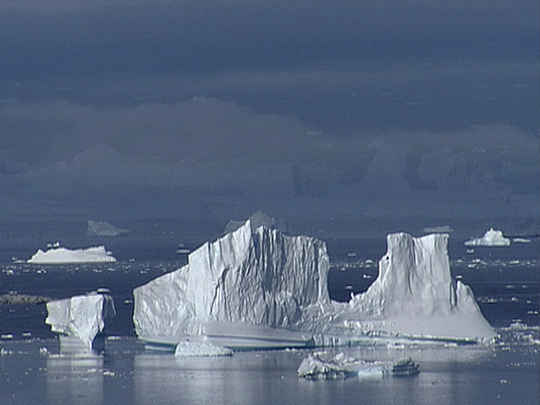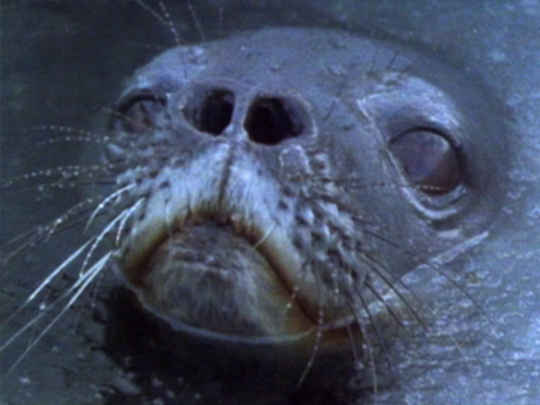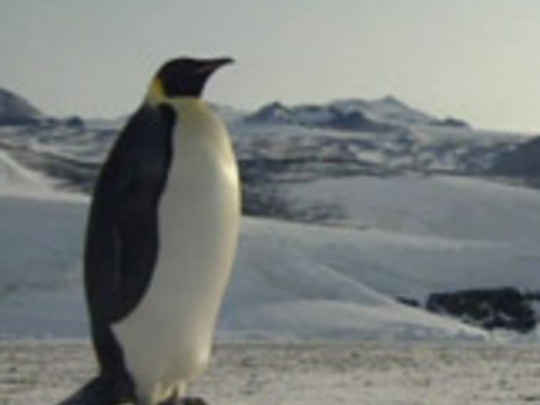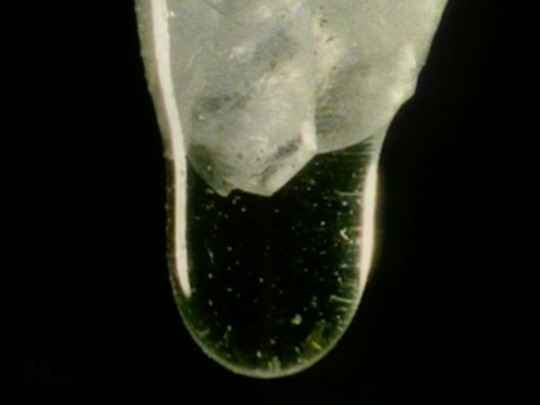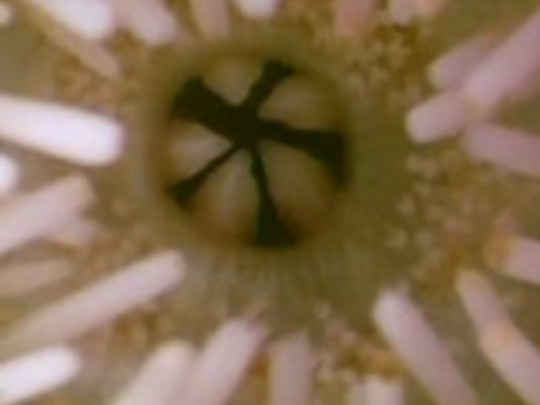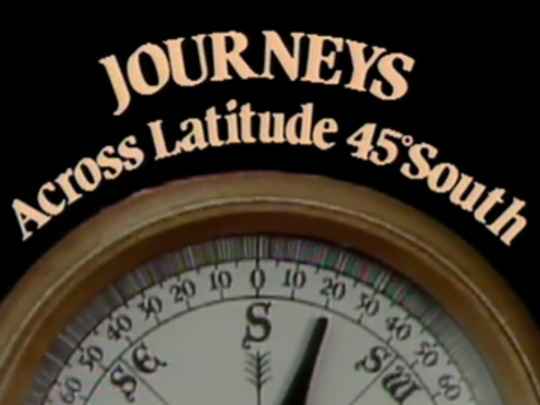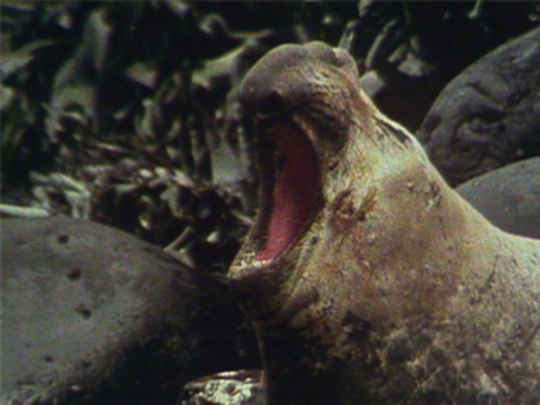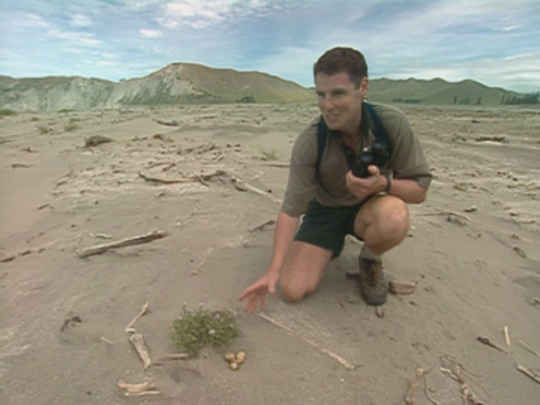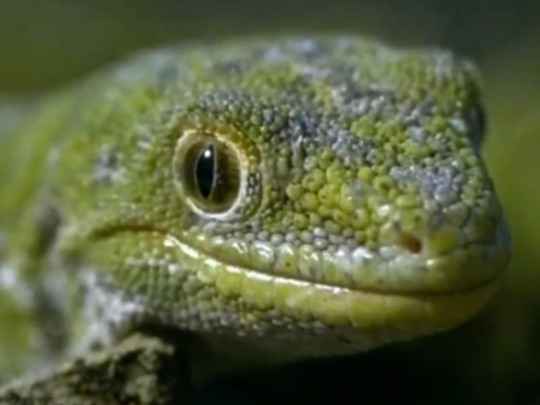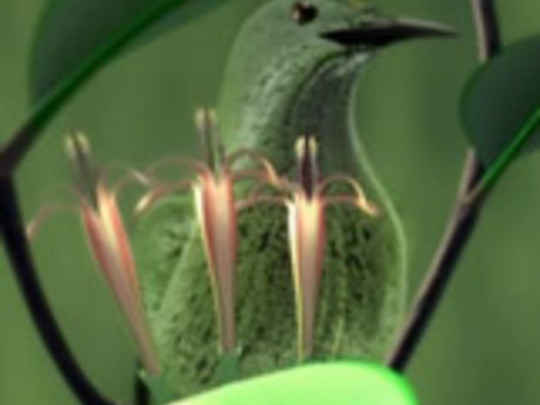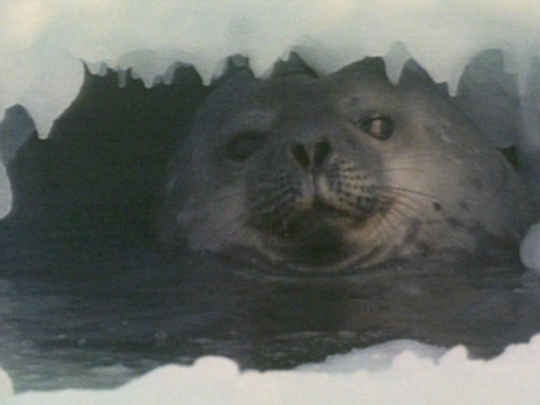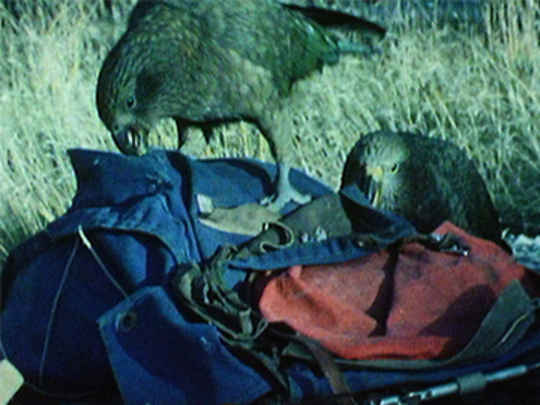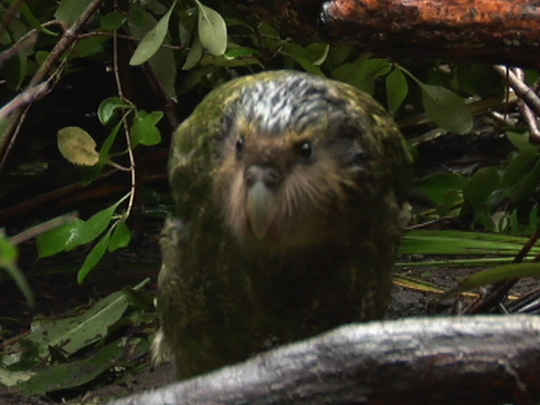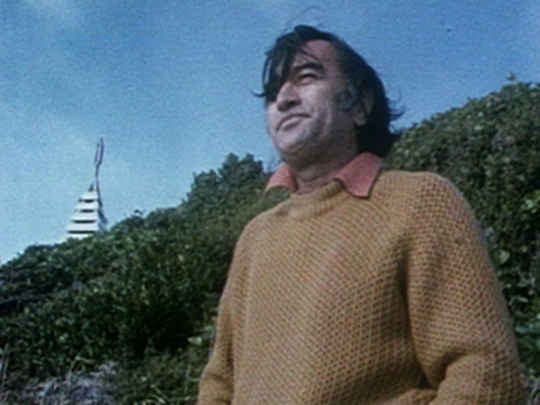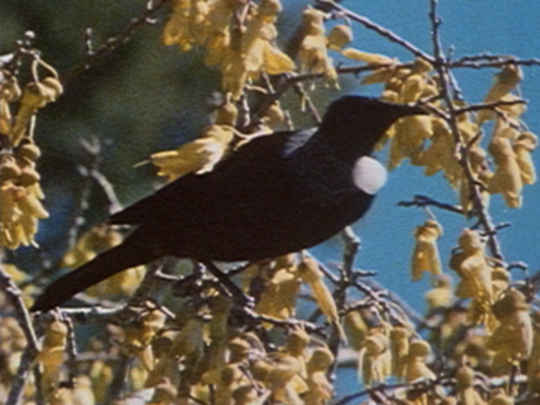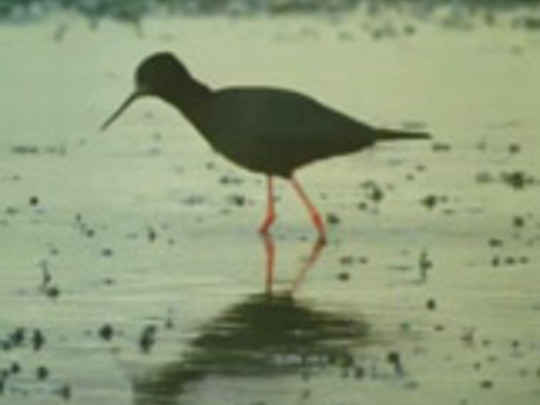Kākāpō - Night Parrot
Television (Full Length) – 1982
Flightless and nocturnal, the kākāpō is the world's heaviest parrot. By the 1970s the mysterious, moss-coloured bird was facing extinction, "evicted" to Fiordland mountains and Stewart Island by stoats and cats. Thanks to innovative night vision equipment, this film captured for the first time the bird's idiosyncratic courtship rituals, and the first chick found in a century. Marking the directing debut of NHNZ veteran Rod Morris, it screened in the Feltex Award-winning second season of Wild South, and won acclaim at the 1984 International Wildlife Film Festival.
I ended up climbing a rock face and spending the night, without a tent, on a steep ridge ... it seemed the last hope of seeing or hearing something. But no bird came, and at five in the morning, I was driven out by a terrible storm, and had to climb down the rock face in the dark. It was a crazy thing to do, and something I'd never repeat. Still, after it was all over, I felt glad in a way that the kākāpō had decided to keep that last secret.– Director Rod Morris on a fruitless effort to film a kākāpō mating dance, in 1988 book Wild South: Saving New Zealand's Endangered Birds, page 157
